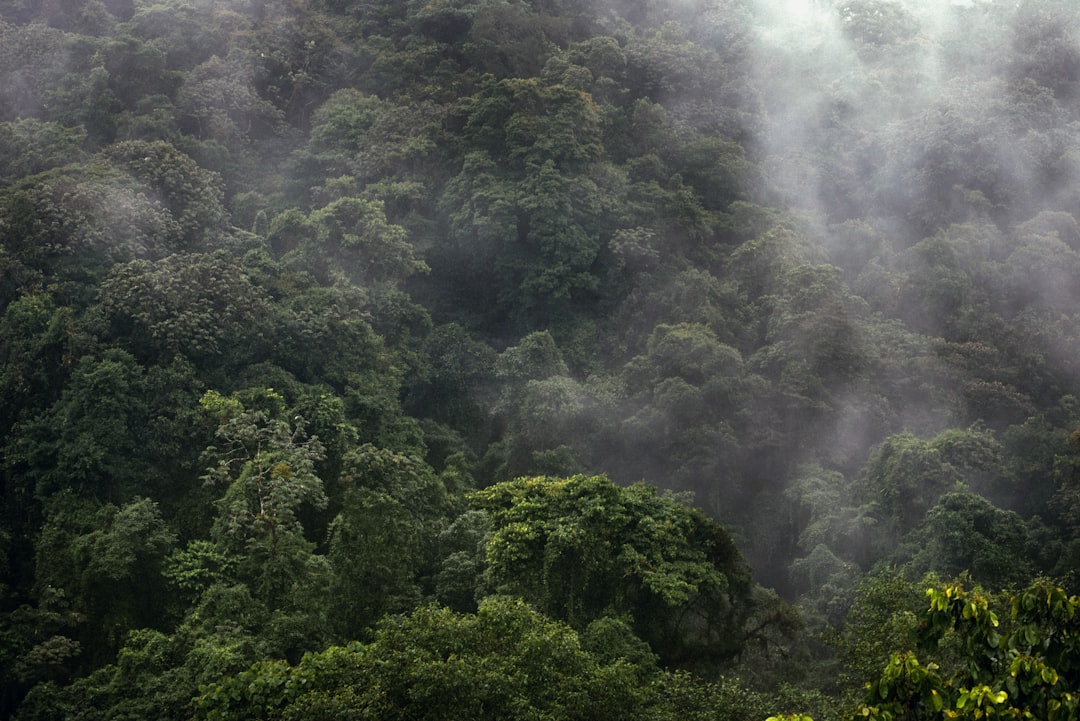What is it about?
The MJO is the most important pattern of intra-seasonal tropical climate variability and the changes in the MJO reported here would have major socio-economic impacts. Our model is able to simulate the MJO with great fidelity, unlike the majority of models, which precludes them from studying MJO change. In a warmer climate predicted for the end of the century, the MJO increases in amplitude (by ~30%) and frequency, showing a more circumglobal propagation tendency. The MJO spatial extent becomes enhanced, deeper and more zonally extended but meridionally confined. A stronger vertical tilting structure in diabatic heating, moisture and convergence fields is seen. Our findings indicate that these changes result from an intensification of the frictional-wave CISK mechanism via the coupling of dynamical and thermodynamic response to the warming.
Featured Image
Why is it important?
We demonstrate for the first time that global warming can lead to the mutual reinforcement of the thermodynamical and dynamical processes that underlie the MJO. This causes a significant strengthening, and an increase in frequency and eastward propagation speed of MJO events. Our work is timely, as there is currently great effort in the community on understanding the MJO, from observational, theoretical, and modelling perspectives.
Read the Original
This page is a summary of: The Madden-Julian Oscillation in a warmer world, Geophysical Research Letters, July 2015, American Geophysical Union (AGU),
DOI: 10.1002/2015gl065095.
You can read the full text:
Contributors
The following have contributed to this page










